Home>Ideas and Tips>Creating A Functional Home Gym In A Basement
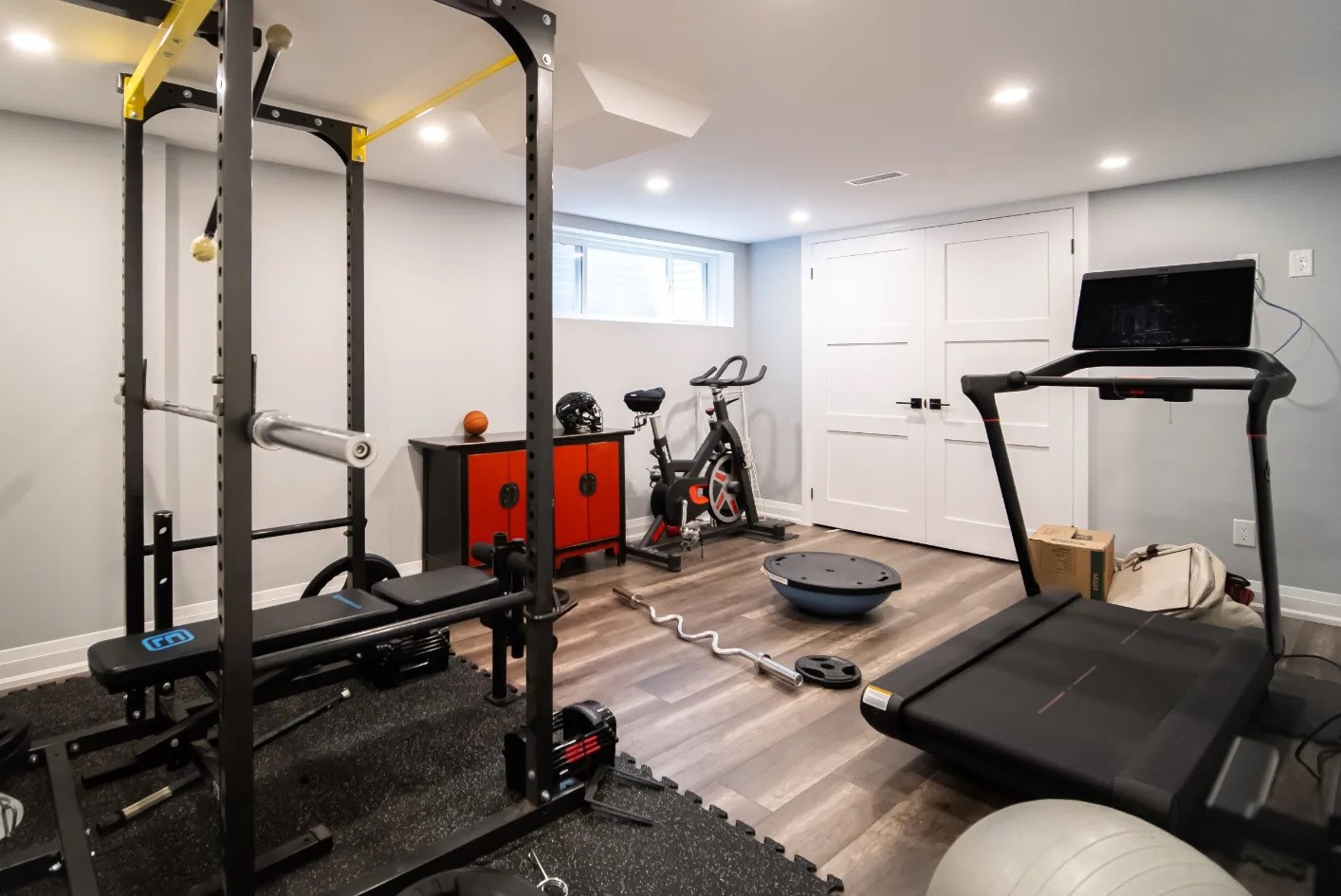

Ideas and Tips
Creating A Functional Home Gym In A Basement
Published: August 28, 2024
Transform your basement into a functional home gym with our step-by-step guide. Learn about planning, design, equipment, and safety considerations.
(Many of the links in this article redirect to a specific reviewed product. Your purchase of these products through affiliate links helps to generate commission for Storables.com, at no extra cost. Learn more)
Introduction
Maintaining a consistent workout routine can be tough, especially with the constraints of public gym schedules and the ongoing pandemic. One effective solution is to create a home gym in your basement. This not only provides convenience but also allows you to design the space according to your specific needs and preferences.
Why Choose a Basement for Your Home Gym?
A basement home gym offers the ultimate in convenience. You can work out anytime, without worrying about gym hours or membership fees. This is particularly beneficial for families with young children, as it allows parents to keep an eye on their kids while they exercise. Basements often provide ample space that can be converted into a gym without disrupting the rest of your home. Even small basements can be transformed into functional workout areas, making it an ideal solution for those with limited space. By incorporating your home gym into the basement, you can maintain the aesthetic of your home while still having a dedicated space for fitness. This integration can also enhance the overall functionality of your home by providing a seamless transition between living areas and workout spaces.
Planning Your Home Gym
Dedicated Space
The first step in creating a home gym is to identify a dedicated space. This could be an unfinished basement, a spare room, or even a garage. Before finalizing the space, lay out your equipment and tape the area to visualize how everything will fit.
Open Concept vs. Closed Concept
Consider whether you want an open concept or a closed concept space. An open concept allows natural light from adjacent rooms to illuminate the gym, making it feel larger and more inviting. For example, if your basement has a media room nearby, you can install large glass panes to bring in light and keep an eye on your family while you work out.
Gym Size
The size of your gym will depend on the available space and your specific needs. A typical home gym can range from 9 feet by 16 feet to smaller spaces like walk-in closets. Even smaller spaces can be functional if you optimize the layout and choose multi-functional equipment.
Ceiling Height
Ceiling height is crucial when planning your home gym. If you have low ceilings, consider the types of equipment you can use and how they will fit in the space. For instance, you might need to avoid ceiling-mounted equipment or choose compact alternatives that don’t require high ceilings.
Lighting
Proper lighting is essential for a good workout. Install LED lights with a high color temperature (like 5000K) to mimic sunlight and create a bright, inviting atmosphere. Dimmer switches can also be useful for adjusting the lighting levels depending on the type of workout you’re doing, such as yoga or running on a treadmill.
Designing Your Home Gym
Layout Considerations
A well-designed layout is critical for maximizing your workout space. Consider the flow of your gym to ensure that you can easily move around and access different areas. Use floor mats or non-slip flooring to prevent injuries and ensure safety during workouts.
Storage Solutions
Adequate storage is vital in a home gym to keep the space organized and clutter-free. Use wall-mounted racks, shelves, and cabinets to store equipment and accessories. This not only keeps the floor clear but also makes it easier to find what you need quickly.
Flooring Options
When choosing flooring for your home gym, select materials that are sturdy and safe. Options include cement floors, quality hardwood with rubber matting, or specialized gym flooring. Rubber floor tiles are particularly popular due to their durability and non-slip properties. They come in various colors and sizes, making it easy to customize the look of your gym.
Equipment Selection
The type of equipment you choose will depend on your personal training goals. Consider what you need to achieve your fitness objectives and select equipment that supports those goals. For example, if you’re into cardio workouts, a treadmill or stationary bike might be essential. For strength training, free weights or resistance machines could be more suitable.
Safety Considerations
Health and safety are paramount when designing a home gym. Ensure that your space is well-ventilated and consider air filtration systems if you plan to use heavy machinery or equipment that generates dust. Regularly check equipment for faulty parts to avoid injuries. Ample storage for equipment can also help prevent tripping hazards.
Accessories
Accessories like mirrors, televisions, and sound systems can enhance your workout experience by providing motivation and entertainment. A large mirror can help you monitor your form during exercises, while a TV can provide guided workouts or entertainment during longer sessions.
Step-by-Step Guide to Creating a Home Gym
Enclose the Space
If you’re using an unfinished storage room like in, consider enclosing it with closet doors to create a more defined space. Use large mirrors on sliding bypass doors to make the room feel larger while maintaining privacy.
Waterproofing
If your basement has cinderblock walls, apply a waterproofing sealer to protect against moisture and ensure the space feels finished. Painting the walls in dark colors can also create a dramatic effect, making the room feel more like a dedicated space.
Install Flooring
Choose durable flooring that is both sturdy and non-slip. Rubber floor tiles are an excellent option due to their eco-friendly nature and customizable designs. Ensure that you have enough tiles to cover the entire area, leaving some extra for corners and edges.
Add Storage Solutions
Install wall-mounted racks, shelves, and cabinets to keep your equipment organized and easily accessible. Use hooks for hanging items like jump ropes or yoga mats to keep them off the floor.
Incorporate Decorative Elements
Add decorative elements like wood plant walls or open planters to bring color and interest into the room. Faux plants can be used initially until you have time to add real ones, enhancing the aesthetic appeal of your gym.
Install Equipment
Once you’ve set up your flooring and storage solutions, it’s time to install your equipment. Ensure that all equipment is securely fastened to the floor or walls to prevent it from moving during use.
Add Accessories
Finally, add any accessories like mirrors, TVs, or sound systems that will enhance your workout experience. Consider installing dimmer switches for lighting adjustments based on different types of workouts.
Conclusion
Creating a functional home gym in your basement is not only convenient but also allows you to tailor the space according to your specific needs and preferences. By following these steps—identifying a dedicated space, designing an efficient layout, selecting appropriate equipment, and ensuring safety considerations—you can create an inviting and effective workout area that you’ll enjoy spending time in.
Whether you’re looking to maintain your fitness routine during the pandemic or simply prefer the comfort of working out at home, a well-designed basement home gym can be a game-changer for your health and well-being. So why not take advantage of this opportunity and transform that unused basement space into something truly special? With these tips and guidelines, you’ll be well on your way to creating the ultimate home gym that meets all your fitness goals while enhancing the aesthetic appeal of your home.
Was this page helpful?
At Storables.com, we guarantee accurate and reliable information. Our content, validated by Expert Board Contributors, is crafted following stringent Editorial Policies. We're committed to providing you with well-researched, expert-backed insights for all your informational needs.
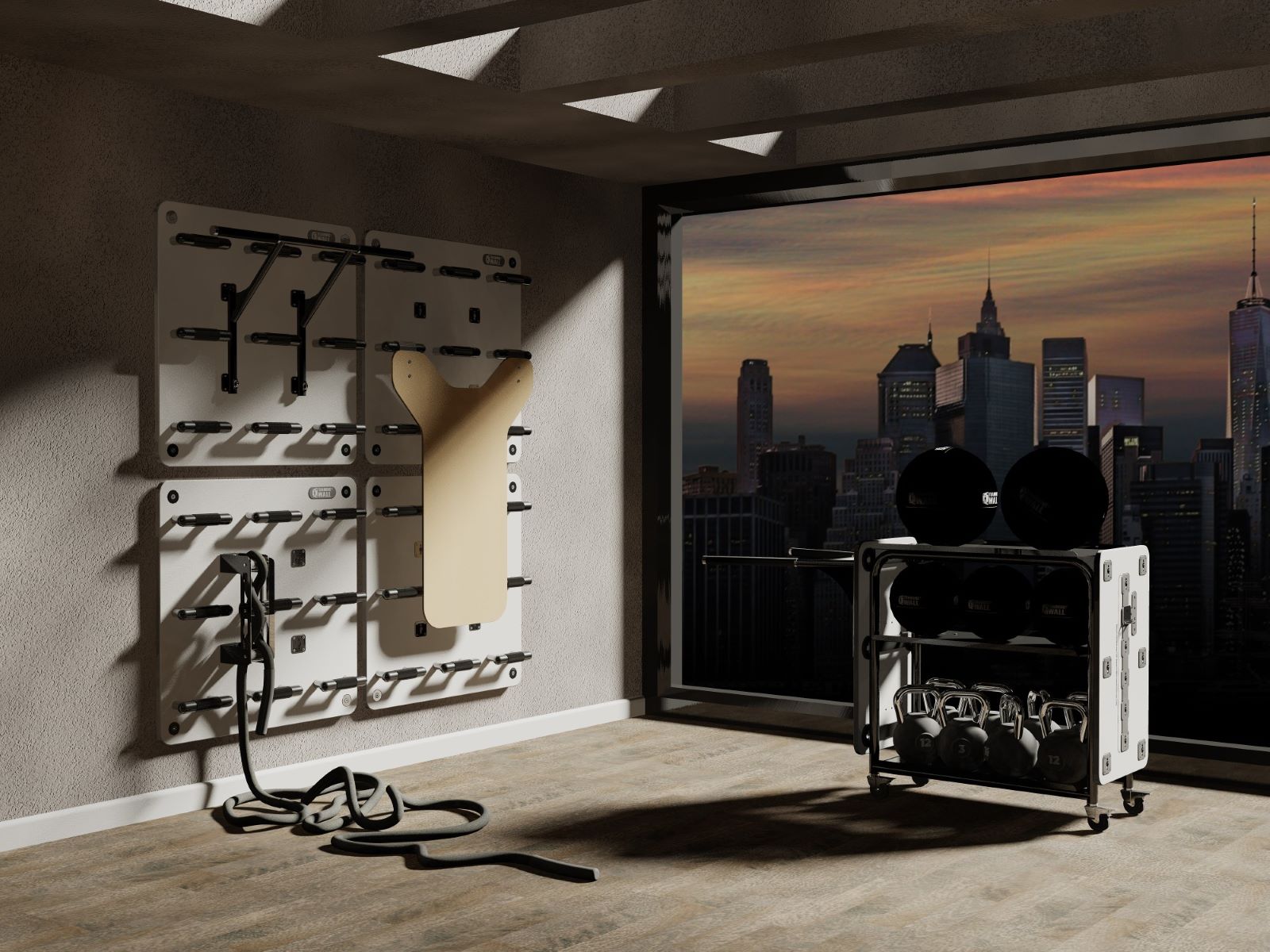
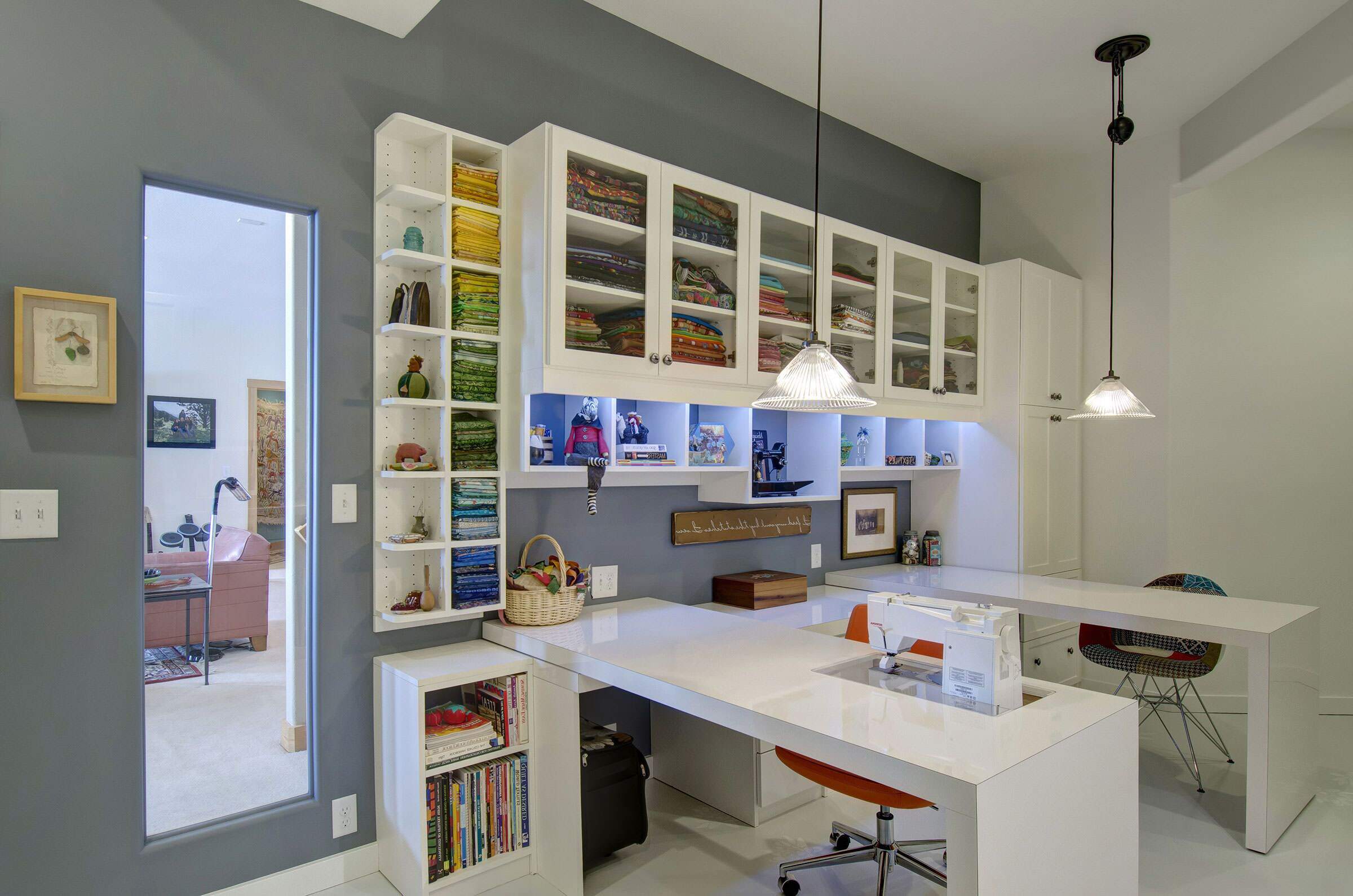
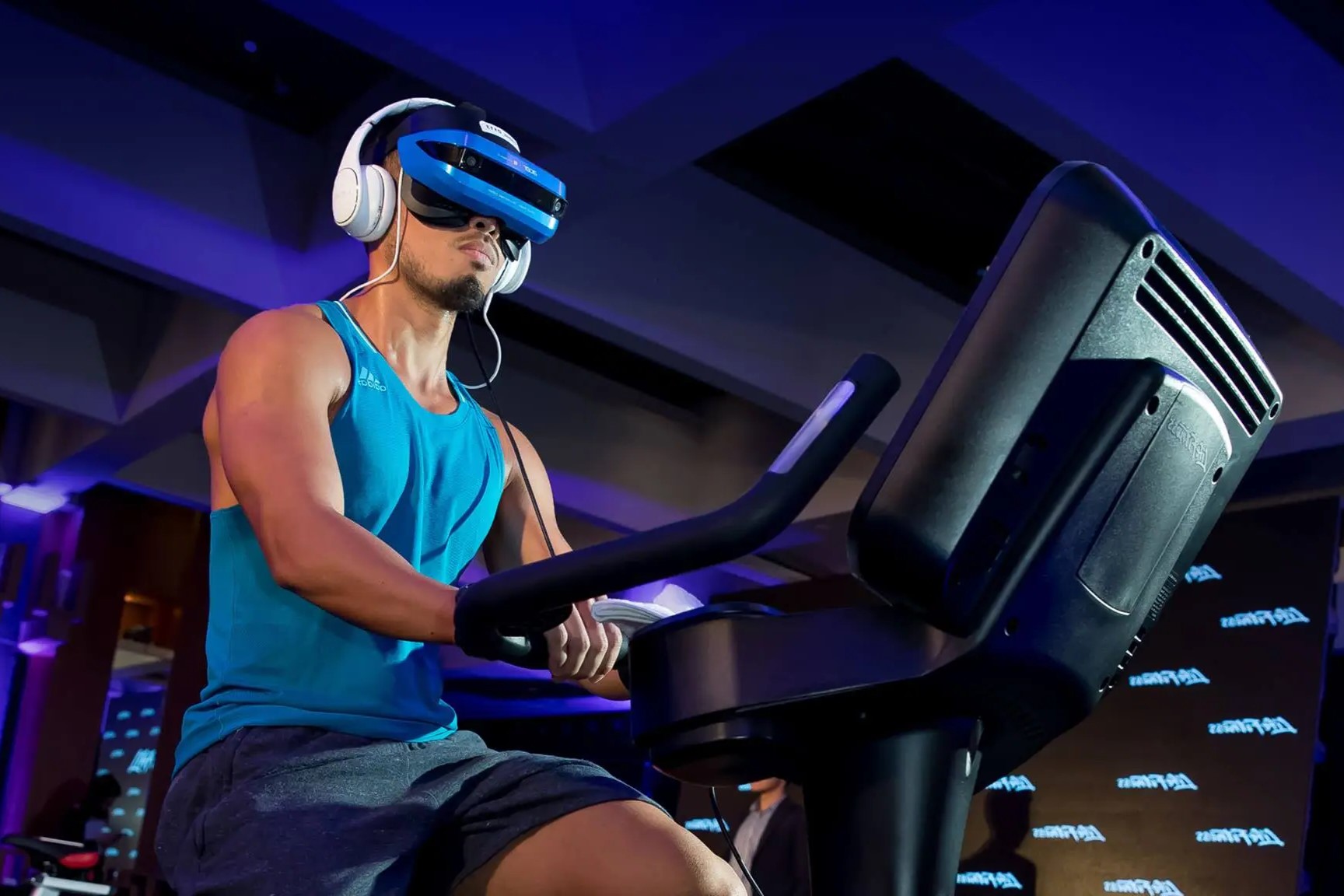
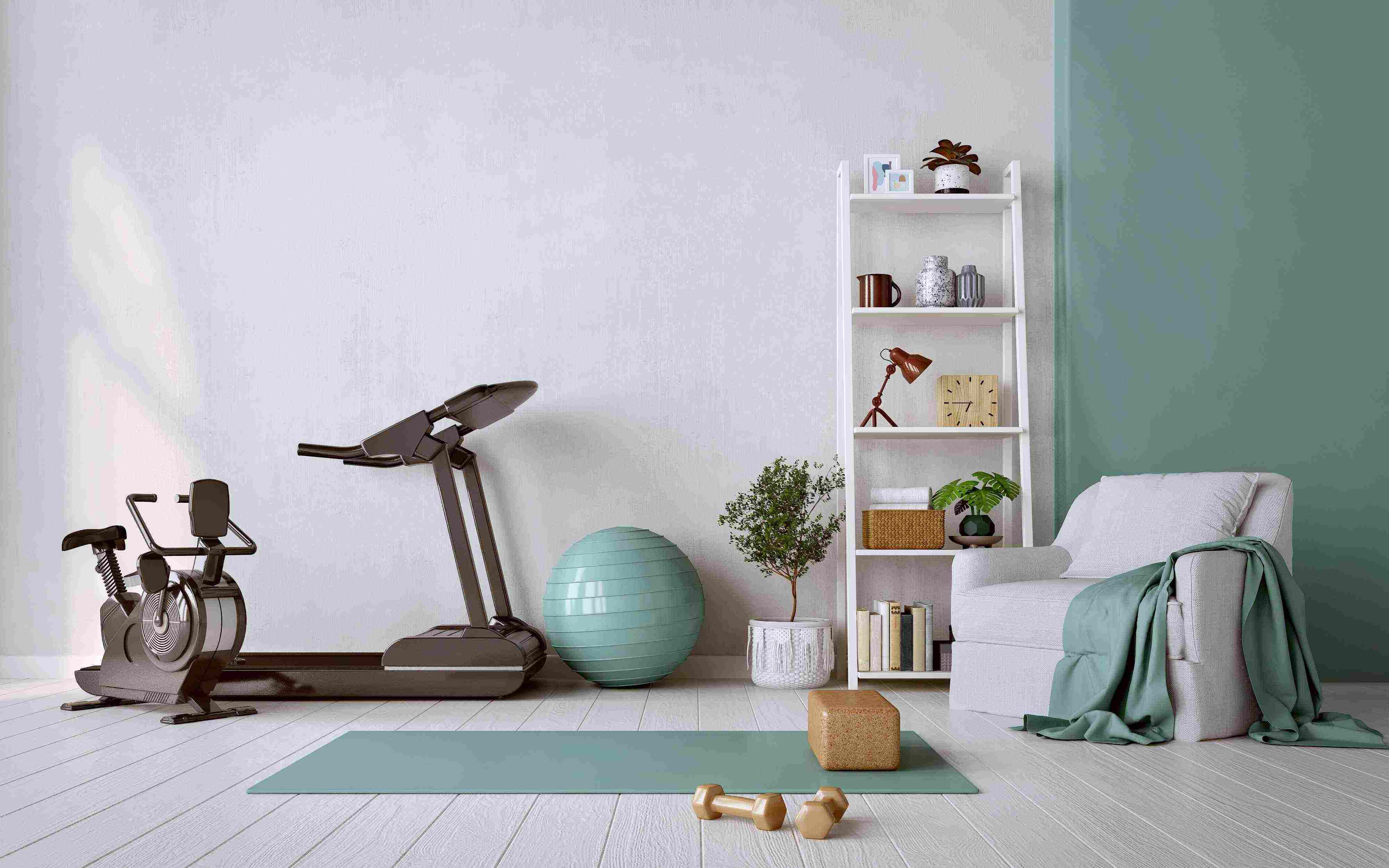
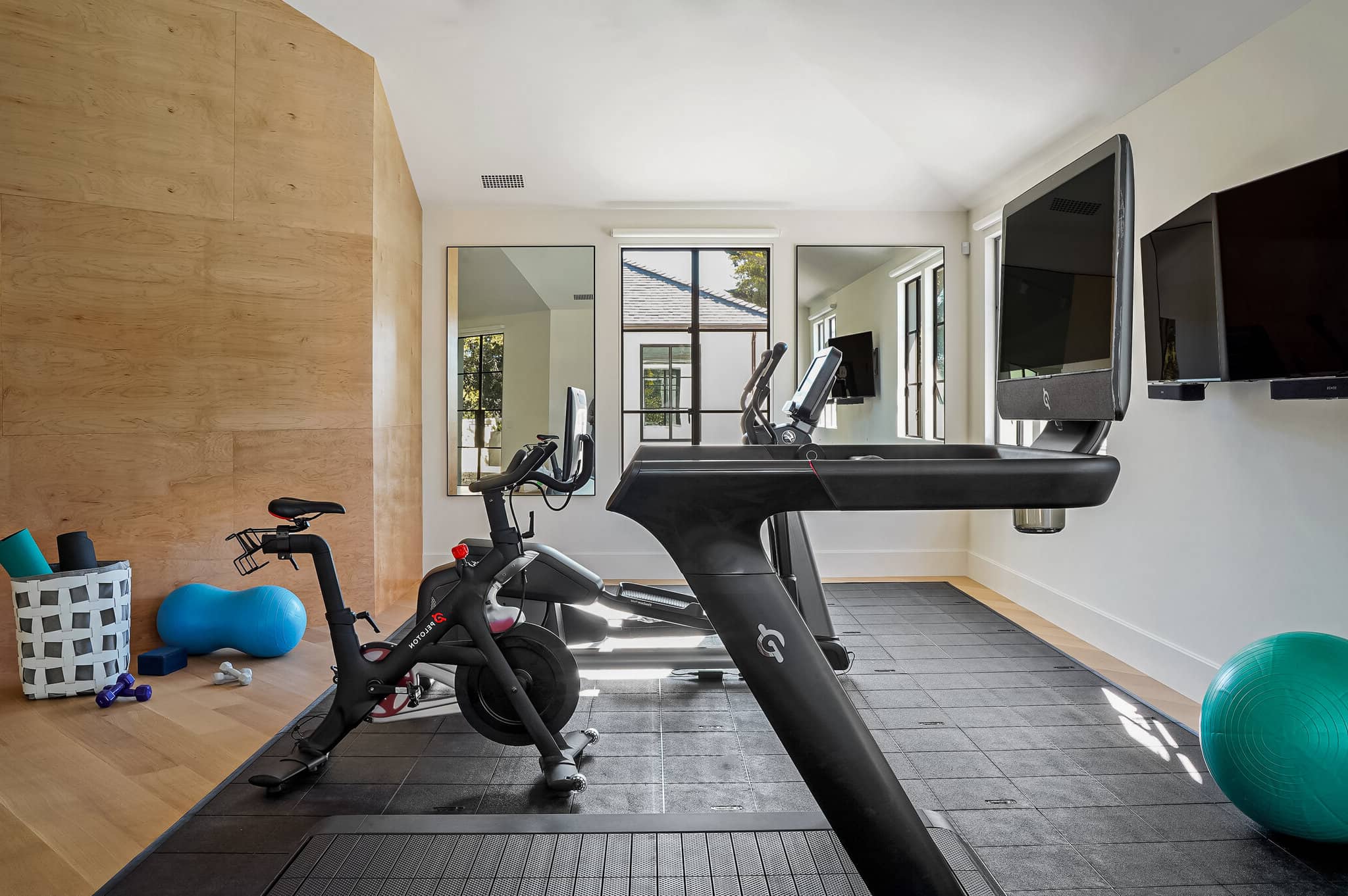
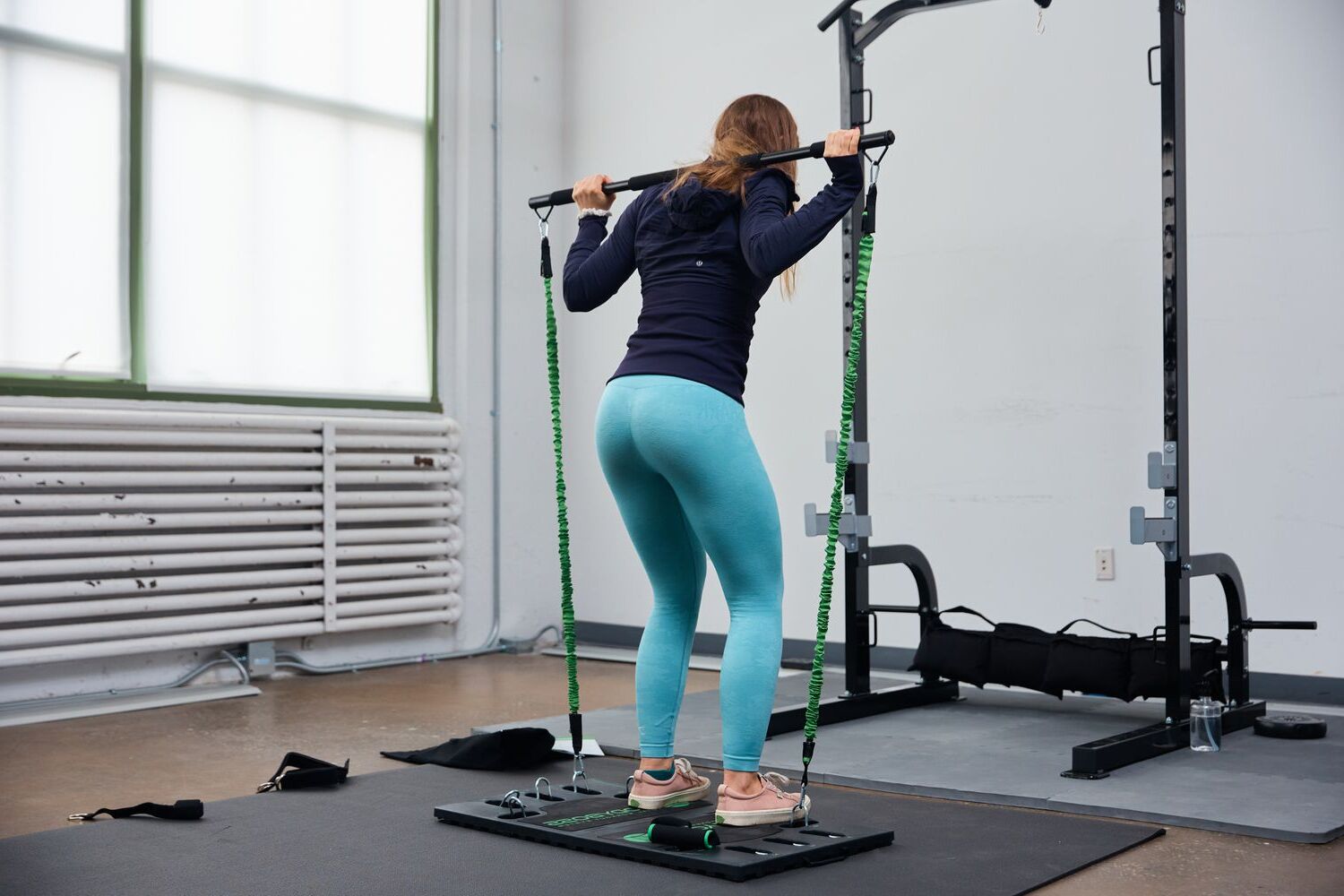
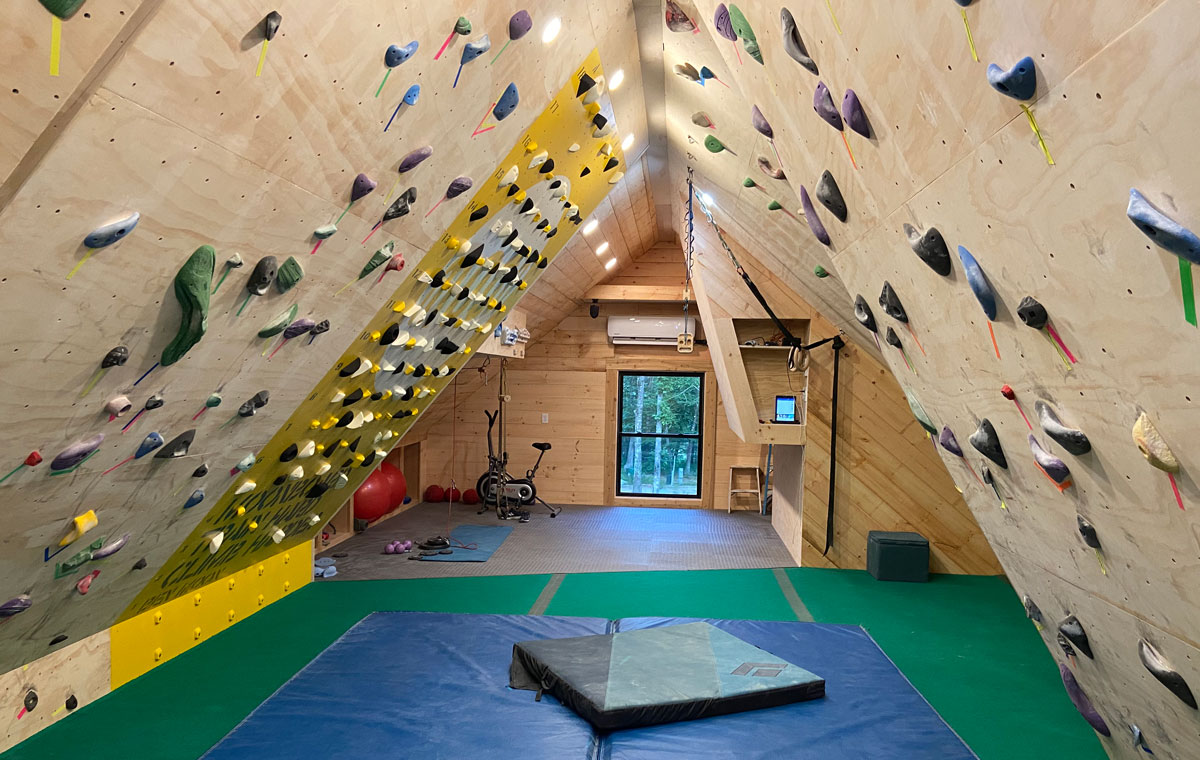
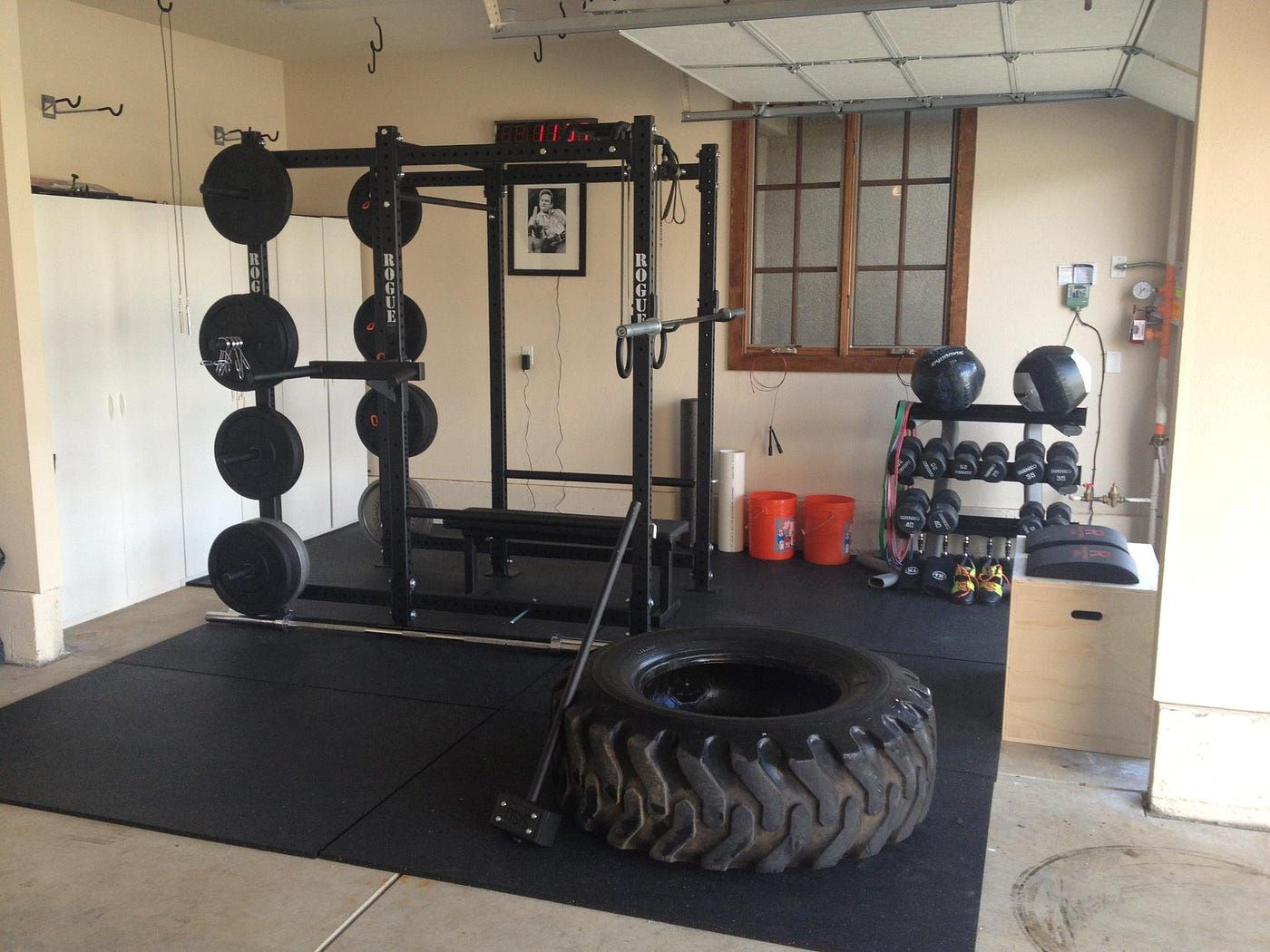

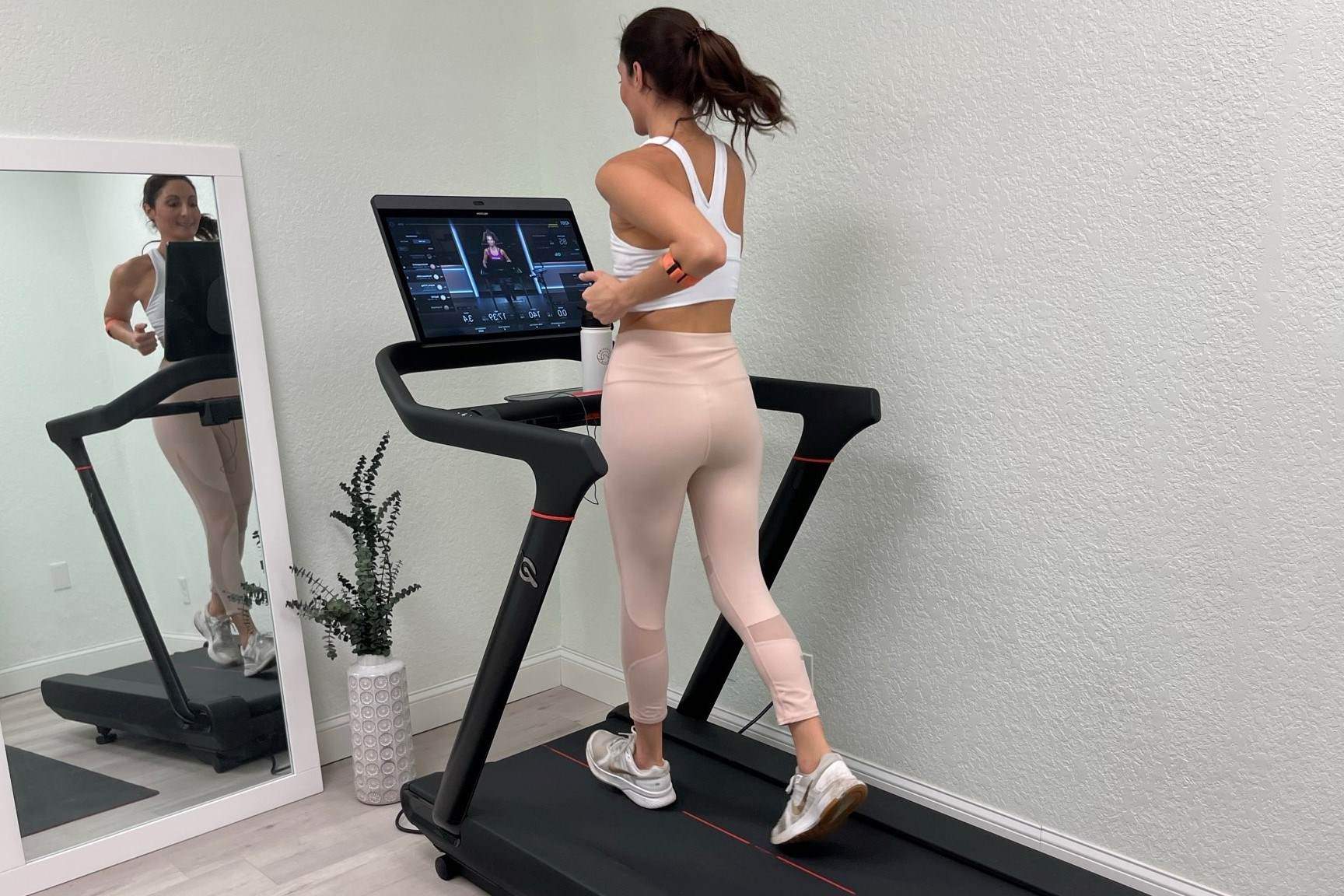
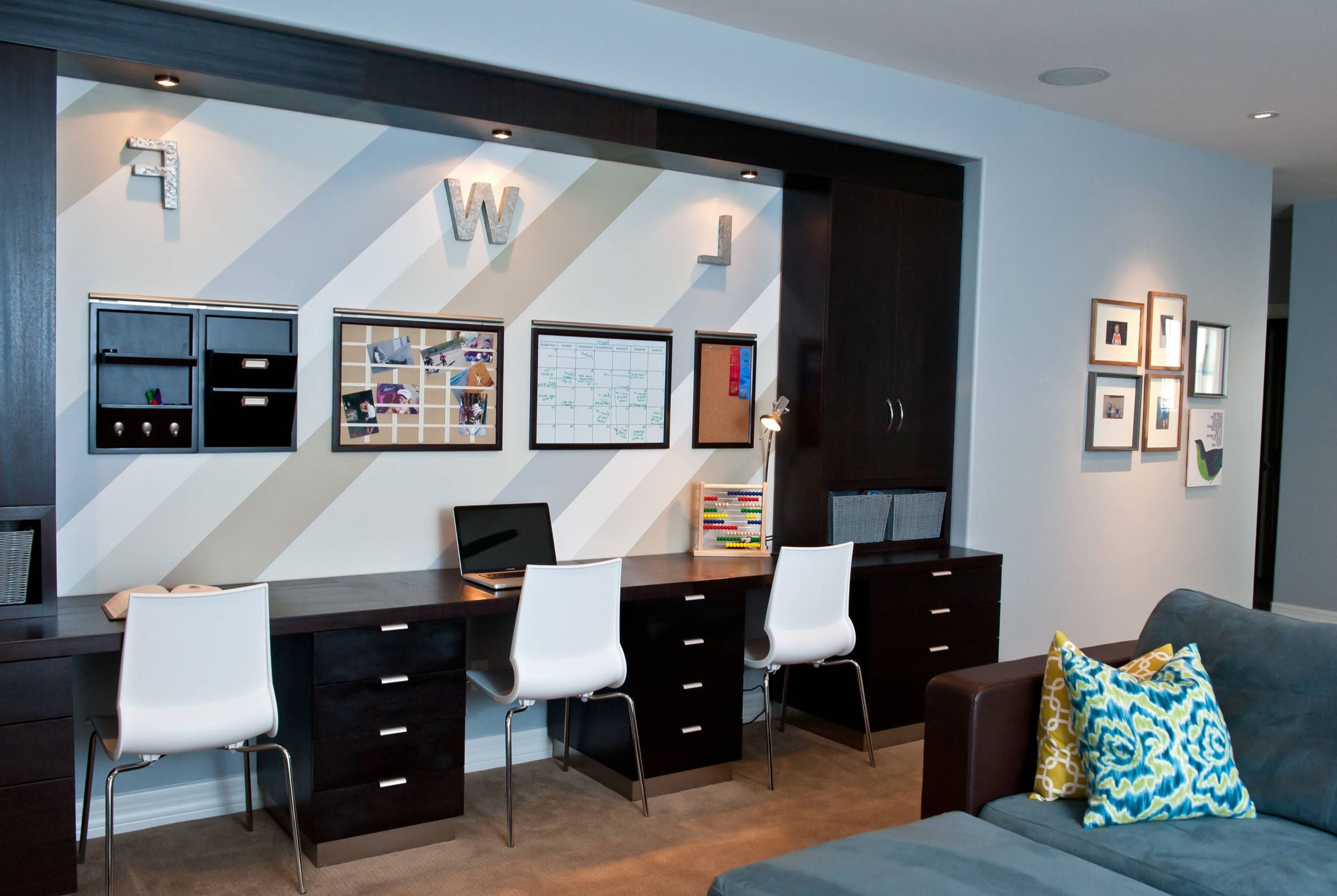
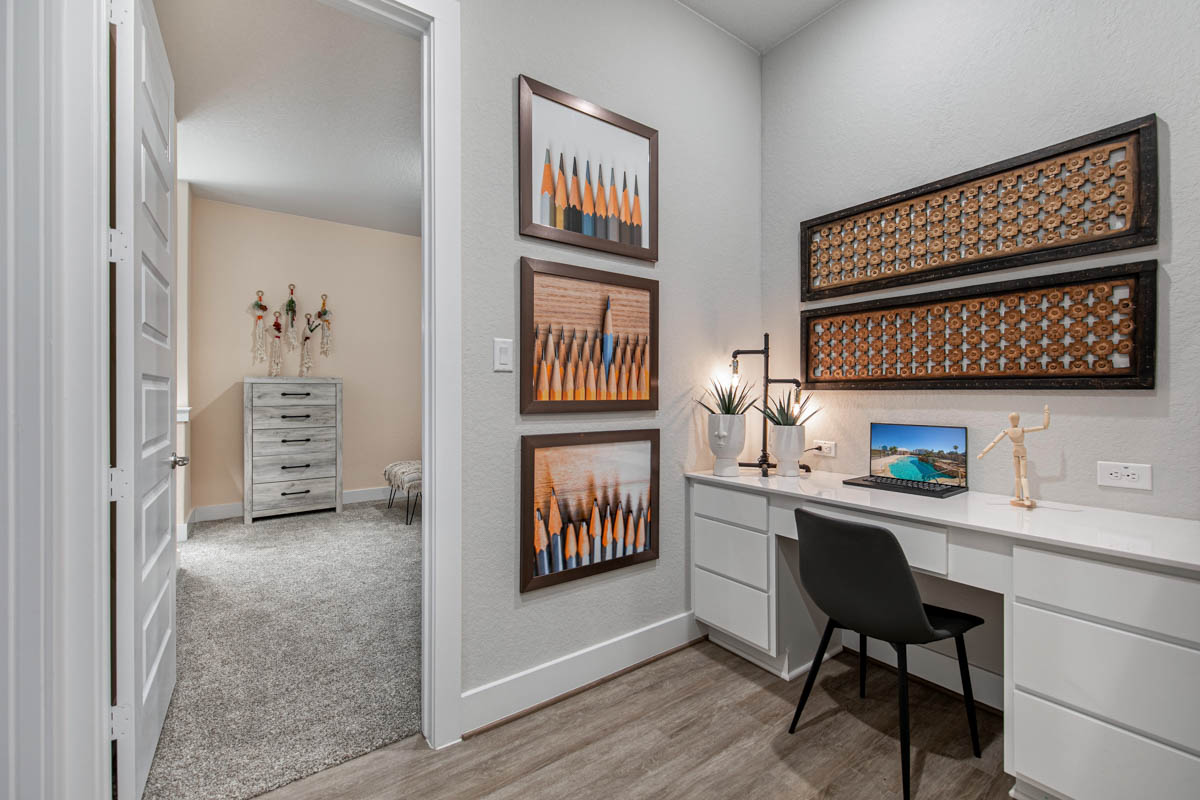
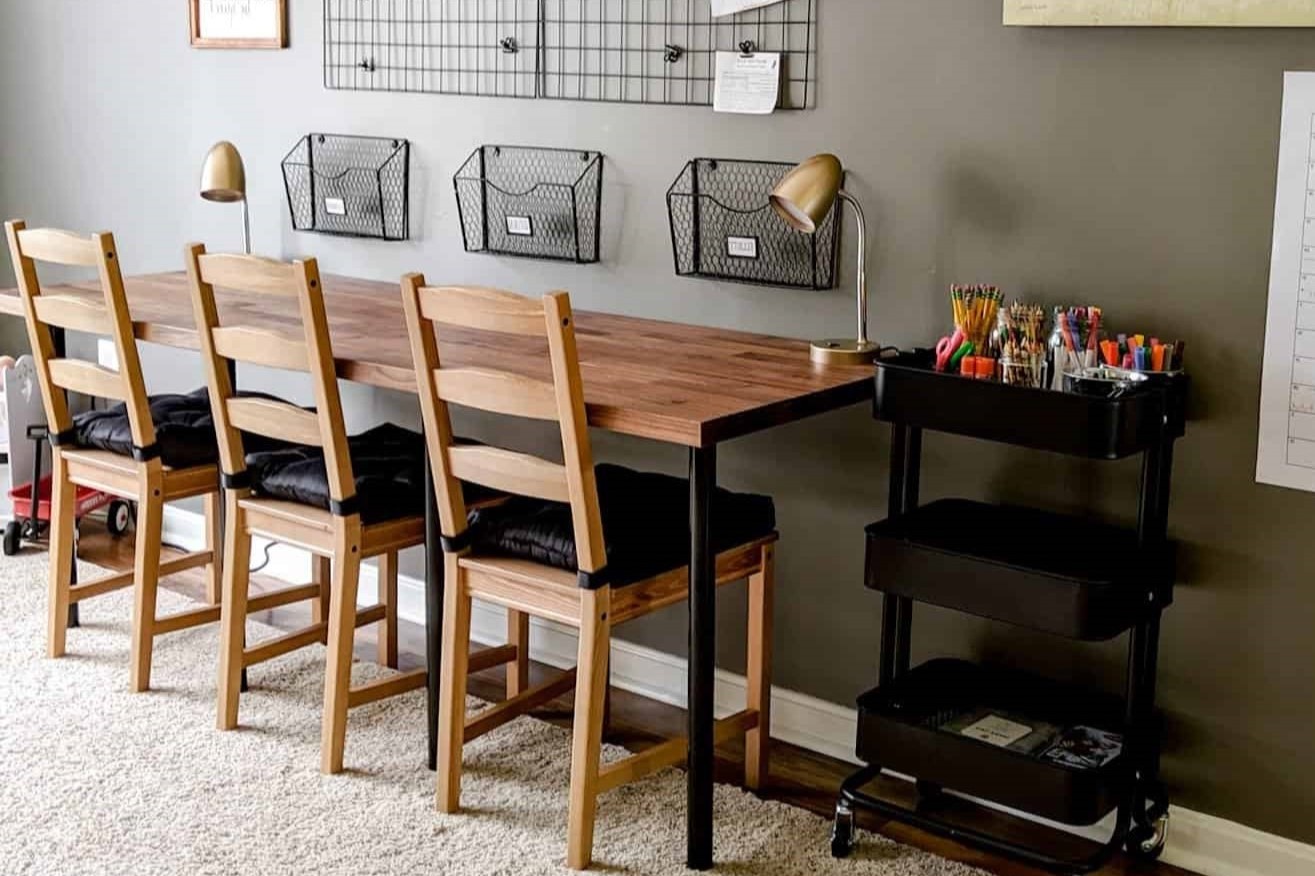
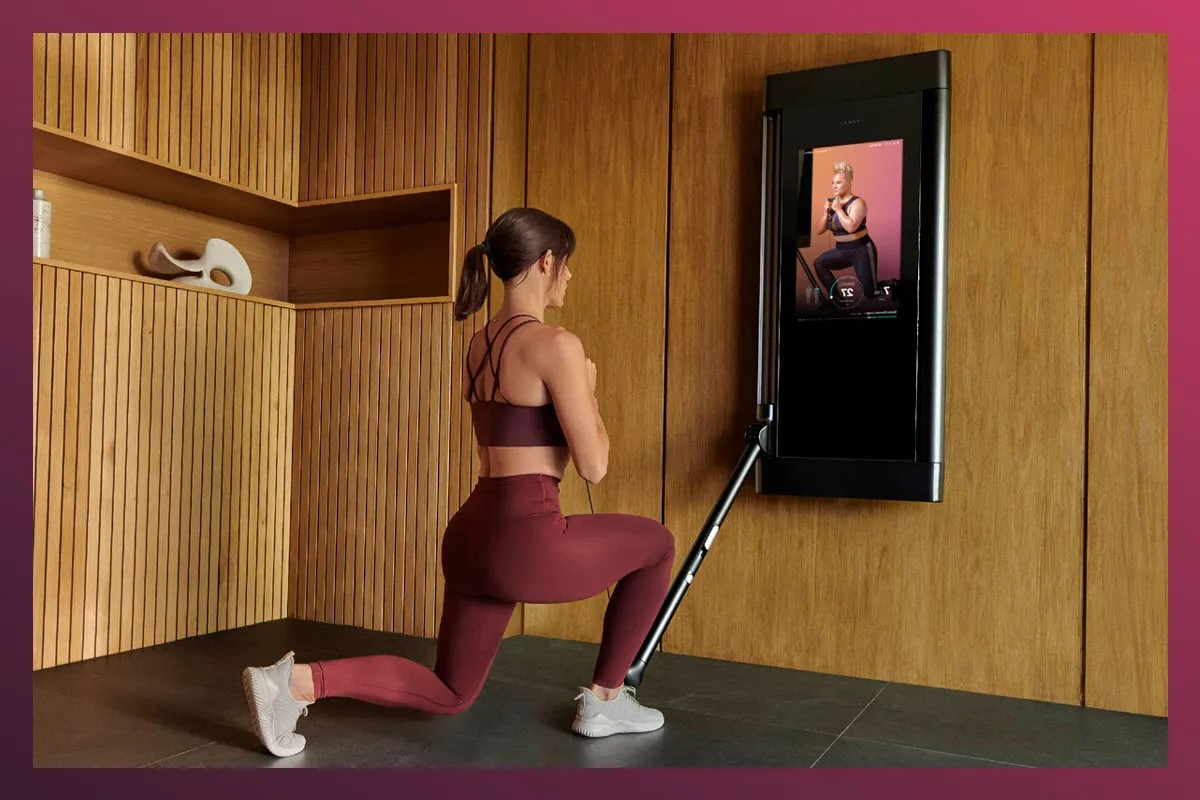

0 thoughts on “Creating A Functional Home Gym In A Basement”